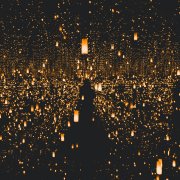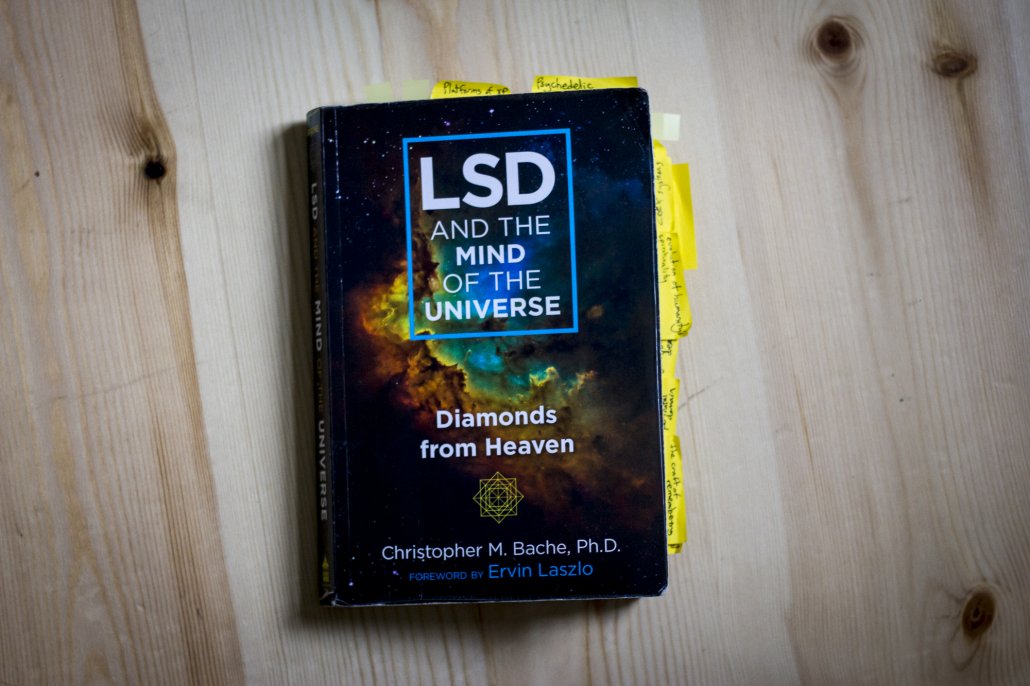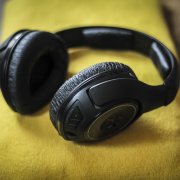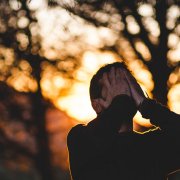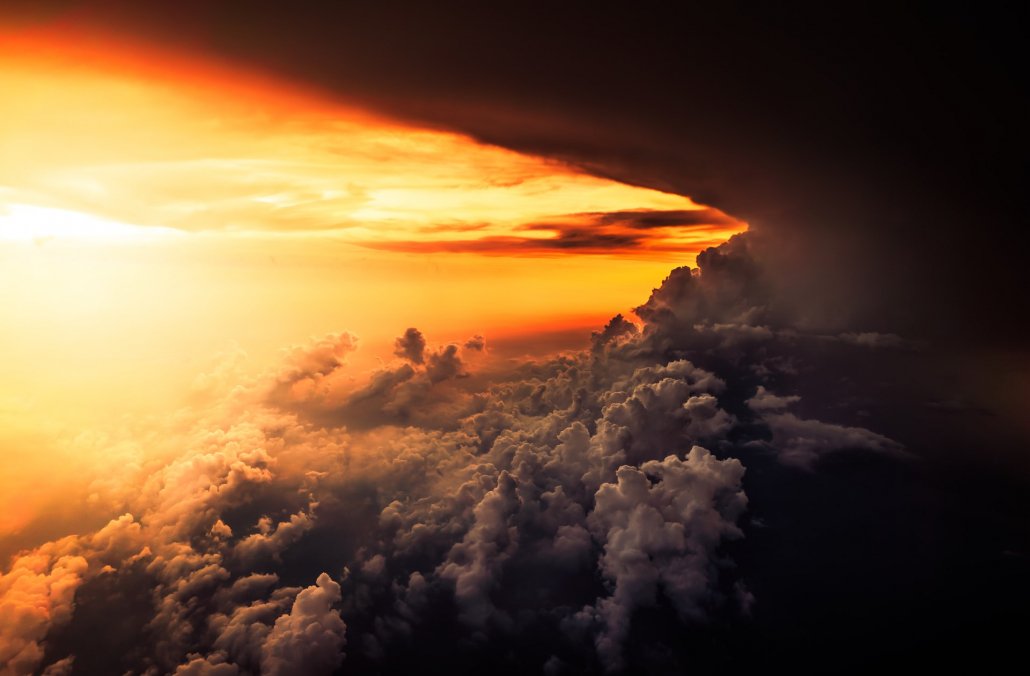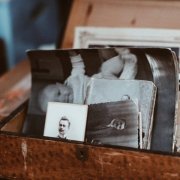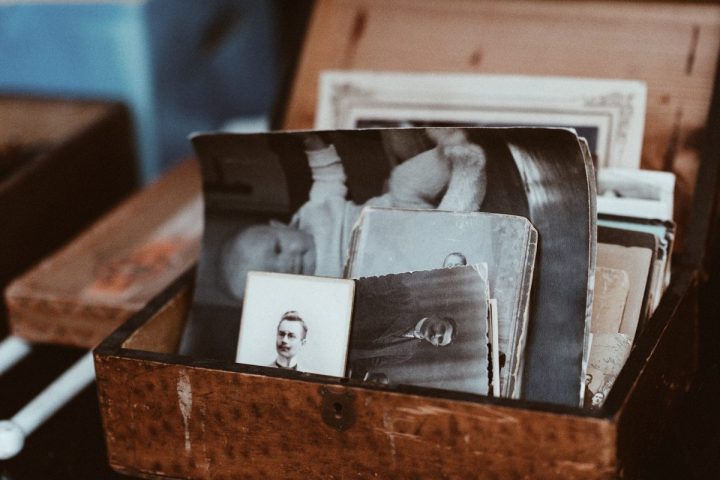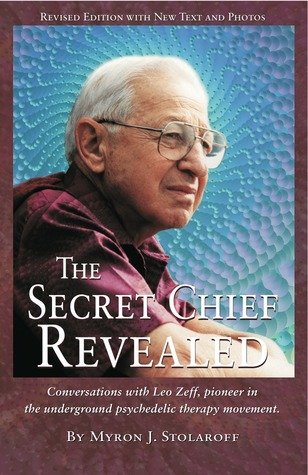As psychedelics continue to gain popularity, there are more and more people beginning to offer their services as a tripsitter. At this point in history we are in a transitional phase where lots of people are using psychedelics, but there aren’t really any established structures and training programmes around to support safe use.
As it stands, fully licensed, legally practising trip sitters are extremely rare. Outside of clinical research, on the whole, psychedelics are still illegal in most parts of the world. In the few cases where they are legal, there are no licences or recognised authorities to hand out qualifications in the country.
This means that almost anyone working as a tripsitter is unlicensed, and if they are not operating in a country or state where it is legal, underground. I have previously worked underground, and now fall into the category of an unlicensed tripsitter, though my tripsitting work takes place in the Netherlands, so it is legal. There are many people working in this same category of unlicensed but legal, and organisations like The Guild Of Guides are working to take care of this area. However, they will still not cover underground guides.
Underground Guides
I know there are people currently practising underground who probably will continue to do so for a good few years to come. I have made my share of mistakes on my learning curve as a guide and I would like to share what I’ve found to be best practices. This article will cover some practices that I think all practising tripsitters should follow, but I especially hope that they will be of use to underground sitters. I believe this area of practice to be a larger cause for concern at this point in time due to the inherent isolation and secrecy of their work, which tends to result in a lack of accountability and open channels for feedback and critique.
Recommendations for Best Practices
Acquire Knowledge & Experience
The first thing is to learn, and gain both knowledge and experience, on two levels: firstly, personal experience, secondly, as a tripsitter.
Knowledge may come through reading books, taking courses, or finding a coach. Be studious. Do your research. Personal experience may come in many forms: organising sessions with friends, going on a retreat, working with a professional facilitator or psychedelic coach.
This is really about developing your own practice and learning about how to use psychedelics through first hand experience. Imagine you were seeking a ski instructor. If they didn’t have any knowledge and experience of skiing themselves, would you want them as your guide?
When it comes to tripsitting, again seek knowledge where you can. Read books (see recommendations at the bottom of this post) and become well versed in practices from different traditions and cultures of using psychedelics. You then might start by facilitating sessions for friends and family members. After that, you might volunteer at a retreat centre.
The path I have followed has been along these lines. I had my own journeys, and began reading books on the topic, whilst slowly incorporating what I was reading into my practice. Along the way I organised sessions with friends, which developed into tripsitting people close to me, before reaching out and working at Myco Meditations in Jamaica. I first went there as a volunteer, eager to gain experience, and in due course I was offered a paid position. I continued to organise sessions with friends, and this expanded to tripsitting people in my community, before I decided to set up New Moon Psychedelic Retreats and took on a role as a lead facilitator. This dual approach of seeking knowledge and experience, exploring and experimenting, and steadily evolving my practice is the approach that I still use to this day. Most recently, pre-corona, I worked as a tripsitter on a Truffles Therapy retreat in late 2019, and in 2020 I underwent a course of psilocybin therapy as part of a replica of a study at Johns Hopkins.
Screen
A basic level of screening is the first step to sitting someone. Information that you should gather before moving forward includes:
- personal past or present mental health conditions (including depression, anxiety, psychosis, bipolar disorder, substance abuse, behavioural addictions, eating disorders and PTSD)
- personal or family history of schizophrenia, psychosis, bipolar disorder, or any other psychotic disorder.
- current medications
- the person’s history and experience with psychedelics and other psychoactive drugs.
Personal and family histories of mental health issues should be carefully considered when deciding who to tripsit for. Those with psychotic disorders are at an increased risk of a psychotic break triggered by psychedelics so do your research on this. In terms of medication, one must make sure there are no contraindications between their medication and the substance that the journeyer will be taking. Understanding a person’s personal history with substances will help to assess their readiness and calibrate dosage.
Acknowledge Your Limitations
When it comes to deciding who you will tripsit for and who you won’t, it is important to understand the limits of your training, experience and knowledge. For example, if you are not a medical professional, do not recommend someone to taper off their medication. They should consult with the doctor about this and make their plans clear.
Acknowledge your limitations and refer out as appropriate.
If you are truly passionate about your path as a facilitator, then you should consider what knowledge, experience and qualifications you need to move forward and be able to competently tripsit for those people you want to, but aren’t yet fully equipped to do so. Professional qualifications are emerging fast within the psychedelic space, so there are plenty of opportunities for learning and improving your skills.
Until then, don’t accept dubious cases. If you aren’t sure, err on the side of caution. If you want to help that person move forward on their path, you can recommend them to work towards a state of readiness in the meantime. This could be directing them towards trying breathwork, attending a meditation retreat or course of meditation, partaking in a vision quest, or attending some other kind of spiritual or wellness retreat. Otherwise, you might refer them on to a more experienced practitioner.
Consent, Confidentiality, Follow Up
These are the three pillars for clinicians in the field, and due to the psychologically dismantling effects of psychedelics and the sensitivity of the human mind in these states, are just as important in informal practice.
Consent
The journeyer must understand and know that anything that happens within the session will be 100% consensual. This creates a safe space and enables them to engage more fully with the experience. Conversations and agreements about what happens in the session, the type and level of interaction between the sitter and tripper should be covered in the preparation stage.
Confidentiality
Confidentiality is important to create a safe space for the session. Allowing the person to feel safe will mean that they are more able to let go during the experience and allow whatever needs to come up to come up. This is then going to enable them to have a more beneficial experience.
This is something that is very easy to forget as an amateur practitioner. For this reason, it is very important to state to the person you are tripsitting that everything that they tell you and what happens within the session, as well as the preparation and follow up meetings, remains strictly confidential. Do not make exceptions to this rule. This should be stated explicitly at the first preparation meeting. Such a clear declaration will help to reinforce this to yourself too.
Even with friends or more casual acquaintances, I think confidentiality is an important principle to follow, and is a basic sign of respect for those you are serving.
Follow Up
Because of the potential of psychedelics to dismantle psychological boundaries, they can be destabilizing and also increase the emotional sensitivity of participants in the days and weeks, and potentially even months afterwards. For this reason, checking in with people after their experience is important. Some people may require extra support, and again, may need referring to specialists in some cases. The MAPS list and psychedelic.support are two options for finding an integration provider.
If the person is a healthy functioning individual, the need for personalised follow-up may be reduced by making sure that the person has sufficient support in the event of some kind of emerging personal crisis. This should also be checked in the preparation phase. A useful question to ask someone is: if you had an emergency who would you go to help for? If you had to show up on someone’s doorstep in the middle of the night, who would that be?
A check should also be made about which other people know the person is undertaking the psychedelic trip. If you are the only person who knows, then it’s very possible that you are the only person that they feel comfortable speaking to about their experience and what is coming up afterwards. Ideally, they should already have a therapist, friends or community of people that know what they are doing. A psychedelic-friendly therapist is a great person for them to speak to and have the designated time and space to talk about and process their experience. Where this is not the case, an assessment should be made as to how much useful support they will be able to receive from their own network. With this in mind, you should consider what you will provide yourself.
Final Thoughts
When sitting for others the focus should be on care. This comes naturally when sitting for close friends or family members. It is essential, however, to maintain the same attitude if deciding to move into paid work. For this reason, I would recommend you to develop your practice slowly by moving outwards from self, to family, friends, community, and finally, paying journeyers.
If deciding to pursue tripsitting as a professional vocation, one should avoid the tension between the legitimate need to earn a living, and the duty of care. For more on this see the talk linked at the end of the article.
For me it comes back to respecting the substances for the power that they hold. I believe a patient and grounded approach is the wisest course of action when it comes to working with psychedelics, both as a practitioner and a tripsitter. Move forward with caution and care.
Best wishes on your journey.
.
Recommended Books For the Aspiring Tripsitter:
Psychedelic Psychotherapy – R. Coleman | Goodreads
The Secret Chief Revealed – Myron Stolaroff | Goodreads
The Psychedelic Explorer’s Guide – Jim Fadiman | Goodreads
Recommended Talk:
Charging Money For Ceremony – Jerónimo Mazarrasa | Beyond Psychedelics 2018
Read more on Maps of the Mind:


